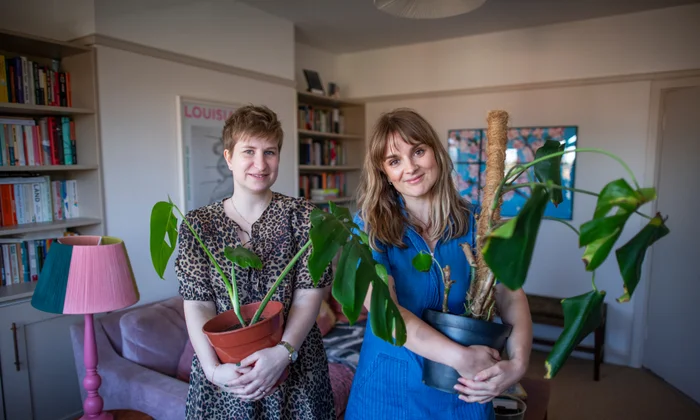I’ve always owned houseplants – but not, it must be said, always the same houseplants.
Of the handful of plants I tend to acquire every year, only one or two survive to see in the next. It’s not that I knowingly neglect them: I try to be attentive to their needs, water them regularly, assess their lighting. Every now and again I’ll even chuck them some plant food. But sadly it seems my enthusiasm for green matter is not matched by a green thumb.
Right now, there are about 20 plants dotted around my flat. Some are in rude health, but others are very obviously near death. Worse still, what distinguishes the first group from the second isn’t clear to me.
I’m reminded of when I was learning to cook. For a good while, I could just about follow a recipe, but lacked intuition, judgment and skill. I may be able to keep a plant alive (particularly if it’s of a hardy variety), but I’m doing nothing to help it thrive.
I would like to be able to care for my plants, and register and meet their needs, the same way I do my cats – and to feel confident doing so. Claire Bright, an indoor plant specialist and co-owner (with her partner Peter Weatherill) of B’Leaf in Norwich, gamely agreed to come over and help
I ensure the first plant that Bright assesses is one that reflects relatively well on me: one of my many pothos. I’m aware that it’s a low bar; pothos is also known as devil’s ivy because it is basically impossible to kill, even in darkness.
“That seems really healthy,” Bright agrees. But then she takes a closer look. “It would probably benefit from repotting, just a change of soil. You see it’s got white on top, and feels a bit crumbly? That means it’s a bit mouldy – the soil is not as good quality as it could be.”
As we go from plant to plant, this proves a recurring refrain. Even those that are doing well could be doing better with new soil to replenish the nutrients. It may also extend the life of those that are struggling.
Bright recommends using house plant-specific soil and, when repotting, to remove as much of the old stuff from the roots as I can.
I did actually know this – but I pretend I didn’t, to save face. It goes to show how easy it is to overlook the basics when doing the weekly watering whip-round.
Some of my pots are making my job harder, apparently. Bright points to one with a built-in saucer: convenient for avoiding spills, but “kind of troublesome” for checking on the plant’s roots. When they start poking out of the bottom holes, it’s probably time to upsize to a slightly larger pot.
One of my pothos is planted directly into a porcelain pot, with no opportunity for drainage. This means extra care is needed to avoid overwatering, says Bright. Some people hedge their bets by misting the soil – but that doesn’t reach the roots, she points out. “You’re not actually watering it.”
Best practice, she says, is to stand your plants in water for 15 to 20 minutes before removing them. “I shower mine,” says Bright (not at the same time as showering herself, she clarifies).
It is more faff than giving them a quick splash from a watering can, but it greatly reduces the risk of overdoing it.
Bright also says that “most plants prefer rainwater” to tap water: “You could put a bucket out …” she suggests, hopefully. But I know my limits.


